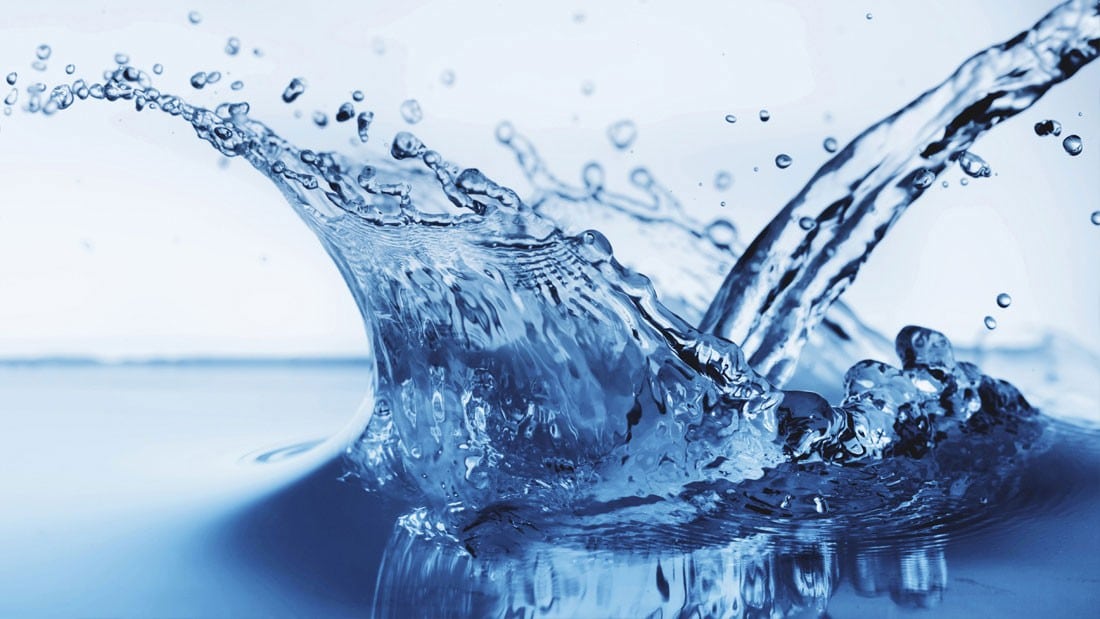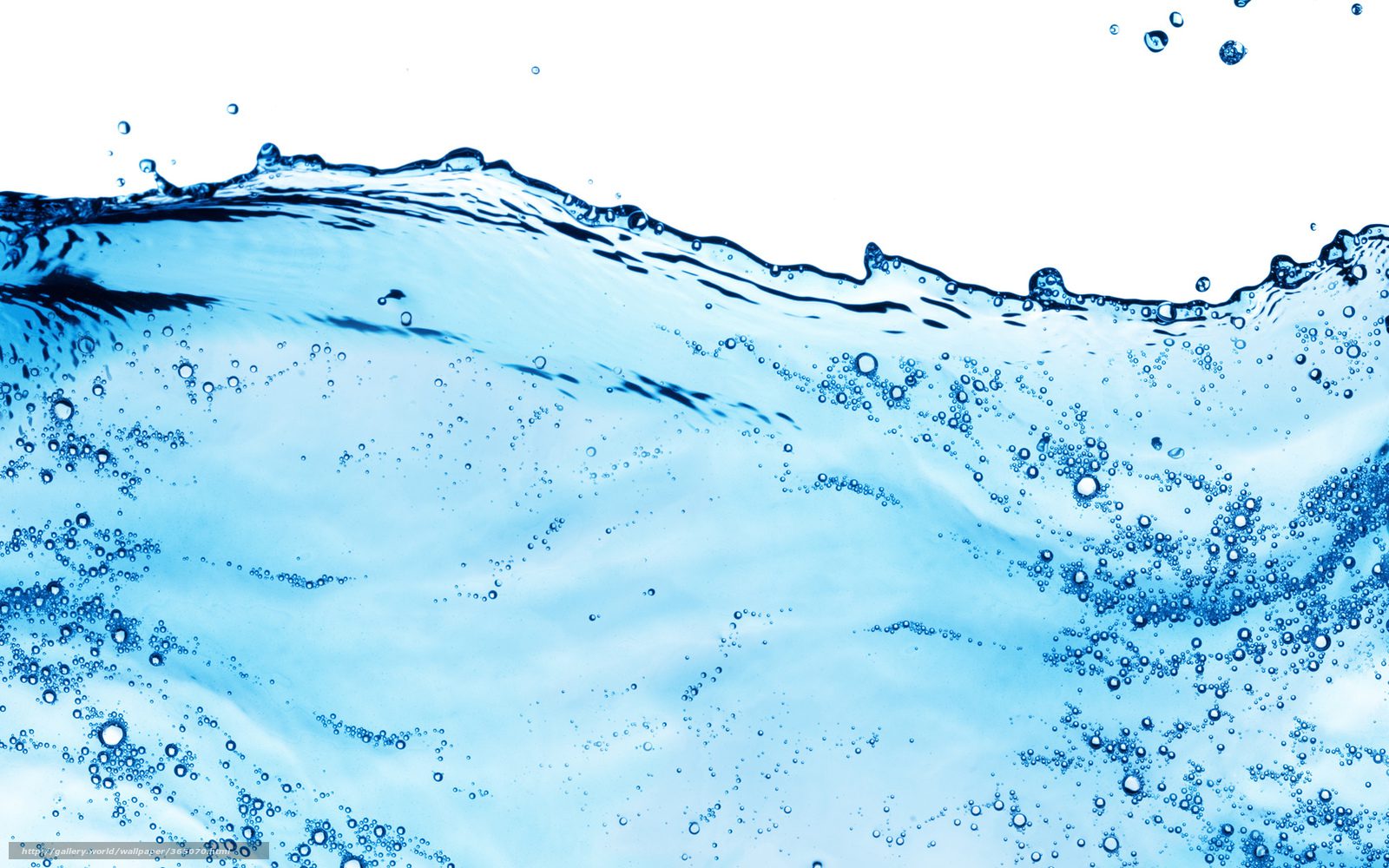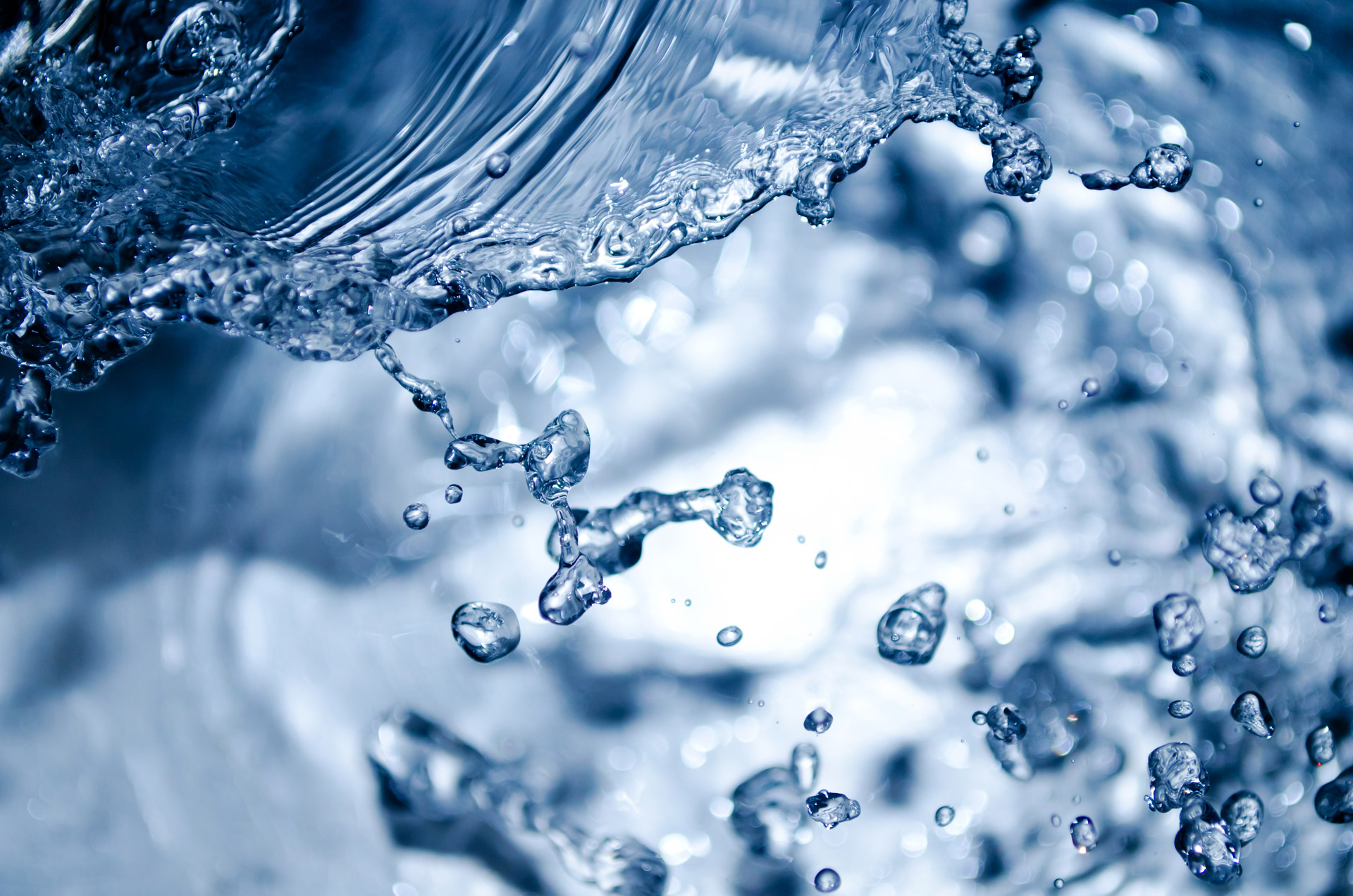Water's Edge Dermatology - Our Shared Water Story
Here at Water's Edge Dermatology, we think a lot about what makes life truly flourish, and that, you know, includes the very foundations of our everyday existence. It’s not just about looking good on the outside, but also about the health of our surroundings, the elements that support us all. In a way, we’re pretty keen on understanding the big picture of well-being, and a huge part of that, arguably, comes down to something we often take for granted: water. We see it everywhere, of course, but do we really stop to consider its incredible importance and how it affects everything around us?
You see, the way we treat our planet’s most vital liquid, it really does have a ripple effect, kind of like how a tiny stone dropped in a pond can create waves that reach every shore. Our connection to water is deep, more or less, and its quality, its availability, its very presence, shapes so much of our world. We're talking about the water we drink, the water that helps grow our food, and the water that keeps our industries running smoothly. It's pretty much everywhere, and its condition matters a whole lot.
So, today, we wanted to share some thoughts on this truly essential resource. We’ll be talking about how we keep an eye on it, what happens when it gets a bit dirty, and how people are working together to make sure there’s enough clean water for everyone, always. It’s a pretty fascinating topic, and it just goes to show how interconnected everything really is, isn't it? We hope you find this look into the liquid that sustains us all, well, quite interesting.
Table of Contents
- Introduction
- Keeping a Close Watch on Our Water
- Can We Really Make Dirty Water Clean Again?
- What's in the Water from Deep Down?
- Bringing Folks Together for Water's Edge Dermatology
- Reading the Water's Light
- Why Are Some Places Still Short on Water?
- Water's Big Role in Our Lives
- The Problem of Unclean Water and Water's Edge Dermatology
Keeping a Close Watch on Our Water
So, when we consider water, like, the broad reach of it, there are some pretty important areas of study involved. You know, it's kind of like being a careful caretaker for something truly precious. First off, there’s the whole idea of simply watching it, keeping a very close eye on what’s happening with our water supplies. This means, in some respects, understanding where it goes, what’s in it, and how it’s changing over time. It’s a continuous process, sort of like checking on a garden every day to see how the plants are doing.
Then, if we find something that’s not quite right, there’s the work of making things better, which is often called remediation. This is about fixing problems, like when water gets dirty or has things in it that shouldn’t be there. It’s about restoring it to a healthy, usable state. Think of it as cleaning up a spill, but on a much bigger scale, to make sure the water is safe for everyone and everything that relies on it. This can involve a lot of different steps, you know, depending on what the issue happens to be.
And finally, there’s the big task of protecting our water. This is about putting measures in place to stop bad things from happening in the first place. It’s like building a strong fence around something valuable to keep it safe from harm. We want to make sure our water resources stay pure and plentiful for today and for all the days to come. This involves thinking ahead, planning, and making good choices about how we use and manage this incredibly vital part of our world. It’s a pretty huge job, but a truly necessary one, don't you think?
When people write about water, especially in a research setting, it’s really important that they share all their experimental controls. This means showing exactly how they did their tests, so others can understand and even repeat the work if they want to. It’s a bit like providing the recipe when you share a dish; you want people to know all the ingredients and steps. Also, they need to make sure all the information they gather, all the full sets of data, are available for others to look at. This helps everyone learn more and build on what’s already known. It just makes sense, you know, for the sake of good science and open learning.
This openness, it’s a big part of making sure that what we learn about water is reliable and can be used by others. If someone finds something out, they should make it easy for other folks to see how they got to that conclusion. It’s like showing your work on a math problem, so people can follow your thinking. This also means being clear about any information that hasn’t been published yet, if it’s relevant to what they’re talking about. It’s about being really transparent, so there are no hidden bits, which is pretty fair, wouldn't you say?
So, whether it's about how we check the water, how we make it clean, or how we keep it safe, the core idea is always about careful management. It’s about understanding that every drop matters and that our collective well-being is tied to the health of our water sources. This whole process, from watching to fixing to safeguarding, it truly is a continuous effort that requires a lot of attention and care from everyone involved, and that is something we can all appreciate, more or less.
Can We Really Make Dirty Water Clean Again?
Well, a lot of what we hear about, when it comes to keeping our water supply healthy, centers on what we do with wastewater. You know, the water that’s already been used and needs a bit of a clean-up before it can go back into the natural system or be used again. Good news is, the findings from a lot of work show that treating this used water really helps with managing our resources in a way that can last a long time. It’s a very smart approach, actually, to making sure we have enough clean water for the future.
By taking this used water and putting it through a special cleaning process, we actually make the supply of clean water better. It's like taking something that seems finished and giving it a new life, which is pretty neat. This means there’s more good water available for drinking, for farms, and for other things we need it for. It’s a direct way to boost what we have, without having to always rely on getting new water from somewhere else. This, in some respects, eases the burden on our natural sources, too.
And that's a big deal, because it helps to reduce the stress on natural places where water comes from. If we can clean and reuse water, we don’t have to pull as much from rivers, lakes, or underground sources. This gives those natural systems a chance to recover and stay healthy themselves. It’s a way of being very considerate of our planet, making sure we’re not taking too much or putting too much pressure on the environment. It’s a balance, you see, that helps everyone in the long run.
So, the idea is pretty simple, yet incredibly powerful: treat the water that’s already been used, and you get more clean water, while also being kinder to our natural world. This approach is a cornerstone of keeping our water systems healthy and making sure there’s enough for all of us, always. It’s a good example of how thoughtful planning can lead to very positive outcomes for our shared resources.
It really comes down to this idea of sustainable resource management. We want to use what we have in a way that doesn’t run out, that can keep going for generations. And treating wastewater is a prime example of how we can do that with water. It's about being clever and resourceful, making the most of what’s available, and ensuring that our actions today don't cause problems for tomorrow. This kind of careful thought is what helps us build a more secure future for everyone, wouldn't you agree?
What's in the Water from Deep Down?
When we talk about water that comes from deep inside the earth, especially from places where oil and gas are found, it’s a very interesting mix. This water, often called "produced water," is not just plain water, you know. It’s a rather complicated blend of many different things, both natural elements and other substances that come from the ground. It’s like a hidden recipe with lots of ingredients, some of which are quite common, and others a bit more unusual.
You’ll find various organic compounds in it, which are basically things that come from living or once-living matter, like tiny bits of plants or other natural materials. And then there are inorganic compounds, which are things like salts and minerals that have been in the earth for a very long time. So, it’s a combination of both types, making it quite a unique liquid to study. It’s pretty much a little chemical soup, in a way, with all sorts of bits and pieces floating around.
On top of that, this water also contains what we call dissolved solids. These are things like salt that have completely mixed into the water, so you can’t see them, but they are definitely there. Think of sugar dissolving in tea; it’s still there, just invisible. And then there are suspended solids, which are tiny particles that are floating around in the water but

Water | Elements and Importance of the Water | Essay for Students

Why Safe, Pure Water is Important to Your Health - Charger Water

Water Free Stock Photo - Public Domain Pictures